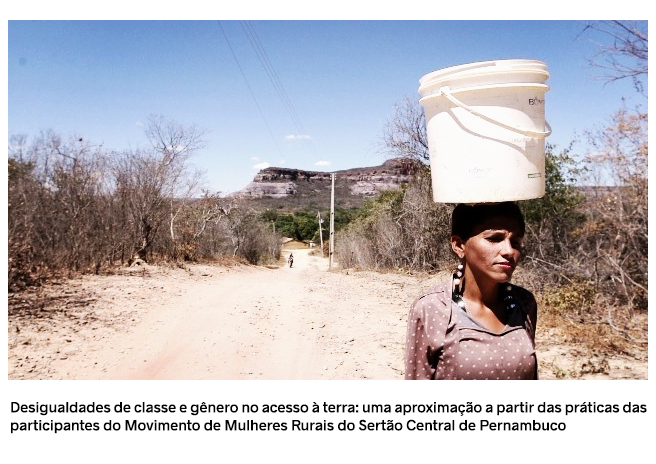Agricultural Marketing Reform and Rural Economy in Myanmar
The purpose of this paper is to examine the impact of marketing reforms implemented in the late 1980s in Myanmar. Particular emphasis is placed on the impact of the reform on the rural economy and its participants, namely farmers, landless laborers and marketing intermediaries. The reform had a positive effect on all these participants through the creation of employment opportunities and increased income.



